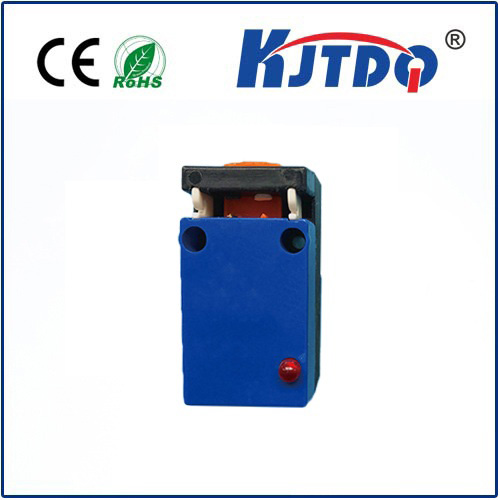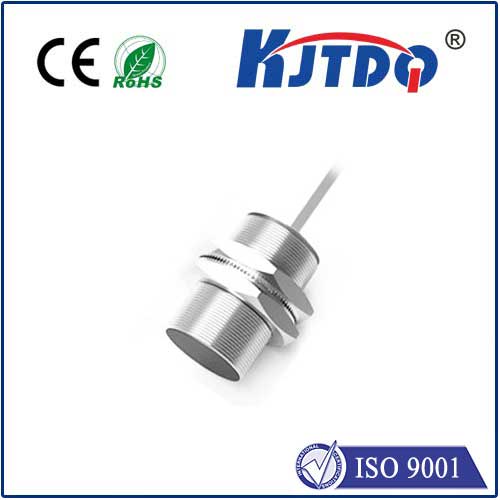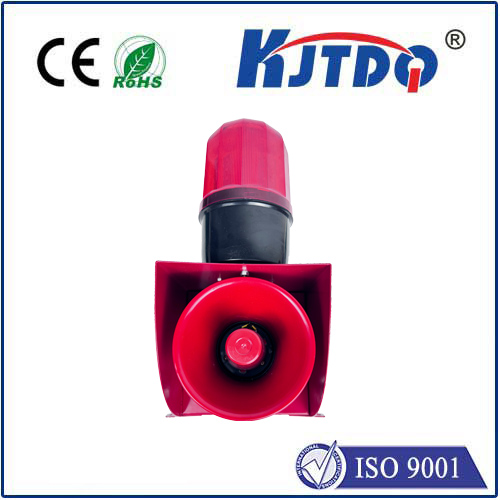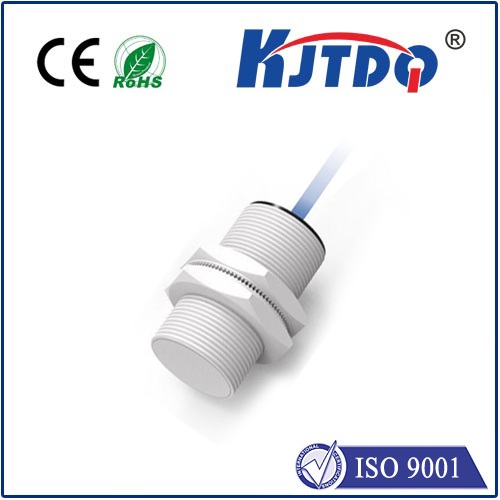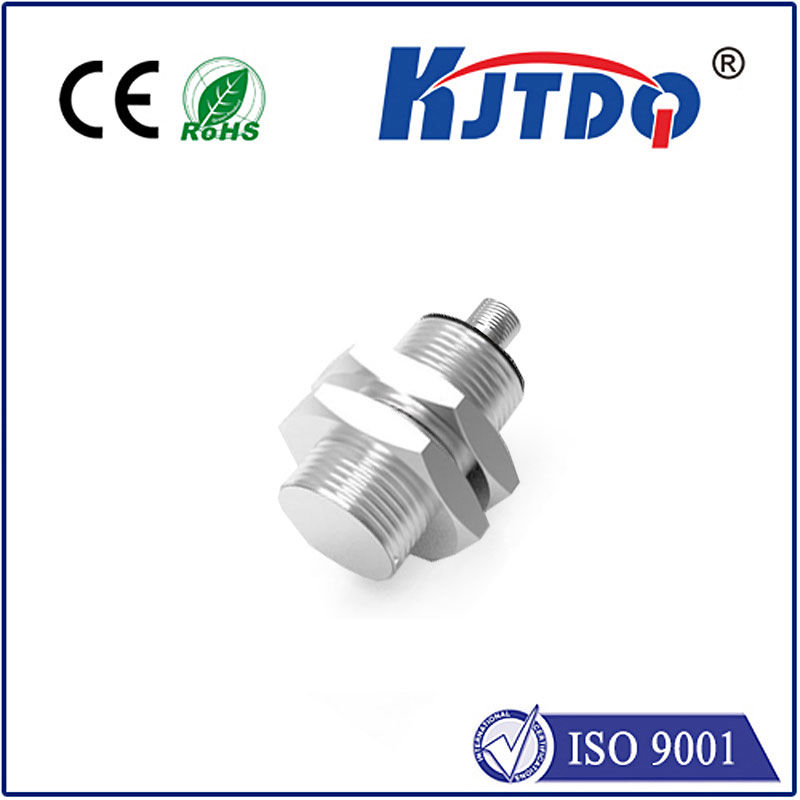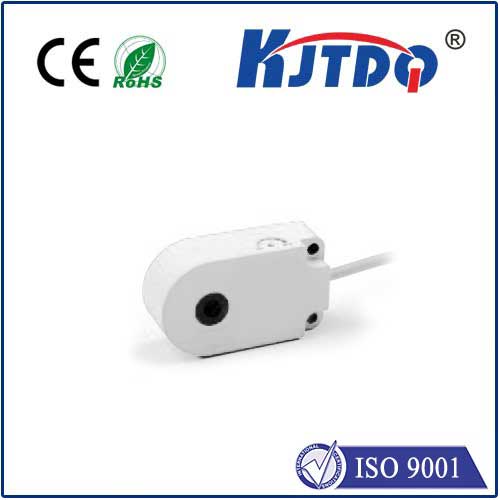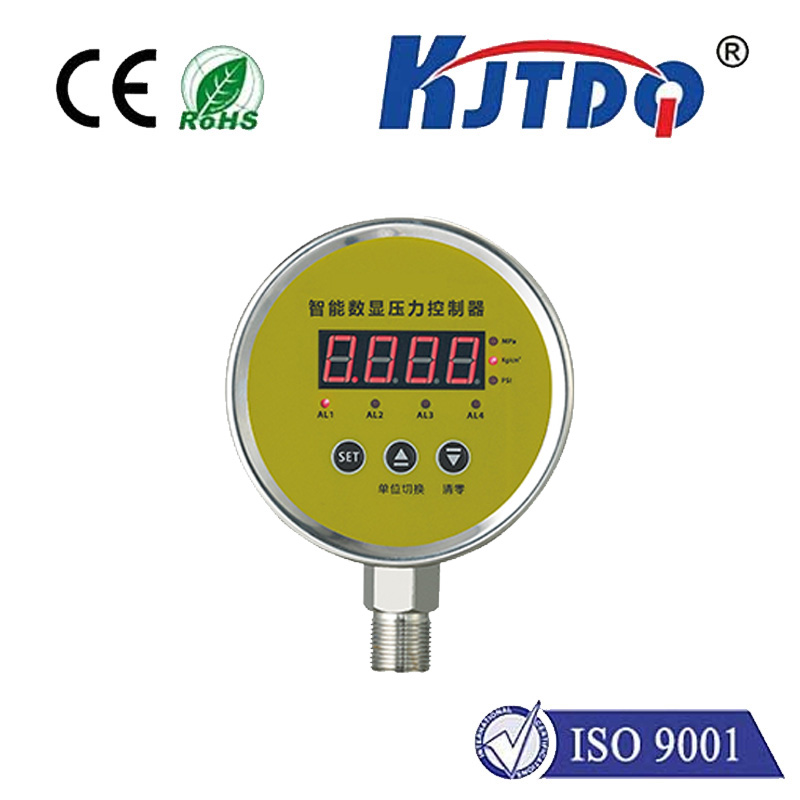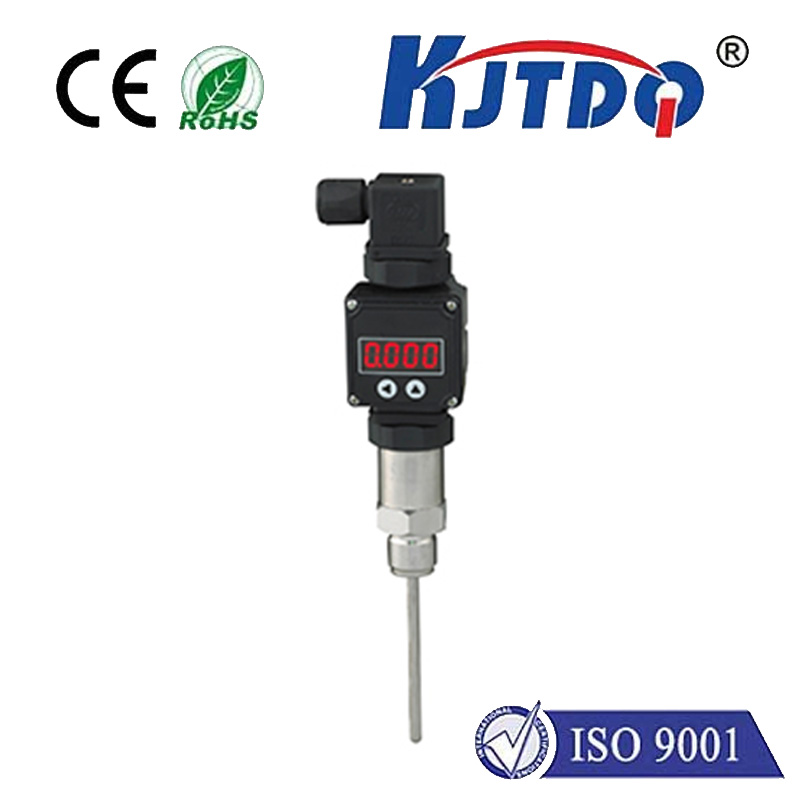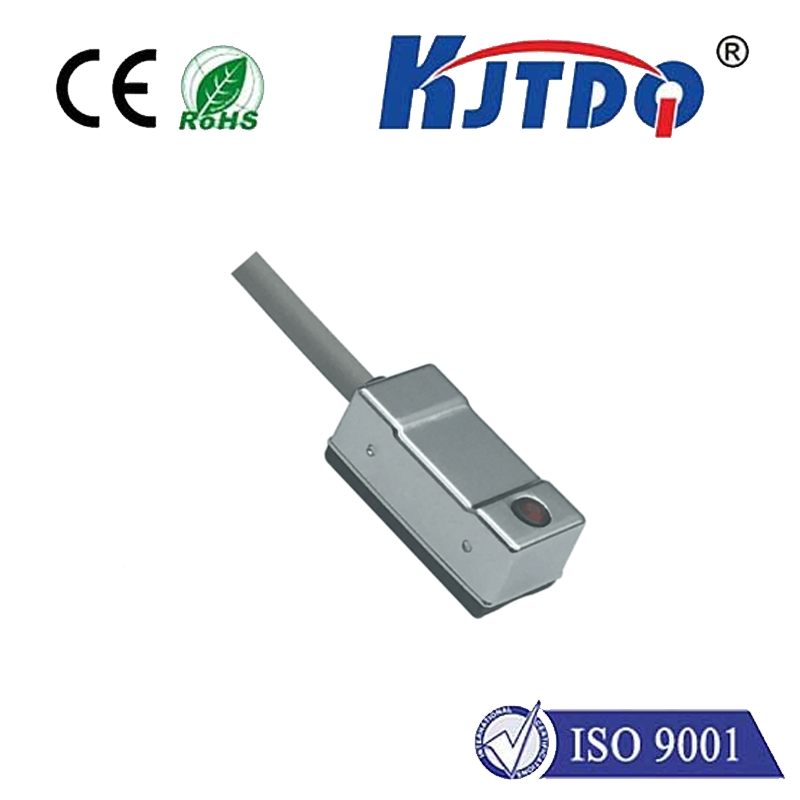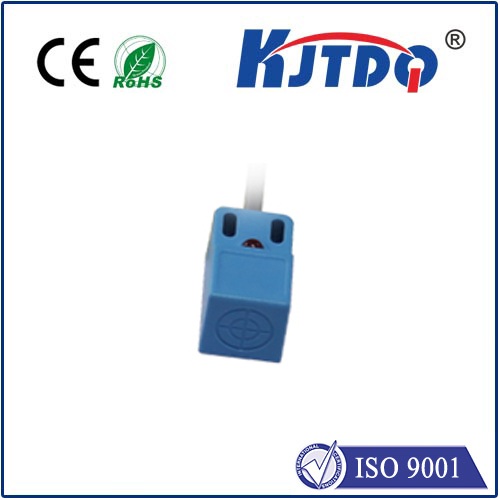
check

check

check

check
The use of limit control switches in various industries has revolutionized processes, improved safety measures and boosted efficiency rates. This article will delve into the benefits of incorporating a limit control switch into your system or machinery, highlighting its advantages and applications across different sectors.
A limit control switch, often referred to as a positional switch or an end-of-stroke switch, is an electromechanical device designed to detect the presence or absence of an object within its proximity. It functions by sending a signal to a controlling system when a machine component has reached a predetermined position, thereby limiting its range of motion. The simplicity and effectiveness of this mechanism have made it an essential component in automation and control systems worldwide.
One of the primary benefits of utilizing a limit control switch is enhancing safety protocols. In manufacturing environments, where machines operate at high speeds and with significant force, ensuring that mechanical parts do not exceed their intended travel paths is crucial. By setting precise limits on motion, the switch ensures that moving components stop before they reach potentially damaging areas or structures. For instance, conveyor belts used in packaging and shipping can be programmed to halt before reaching the end of their track, preventing costly collisions and downtime.

Moreover, the precision afforded by these switches contributes to increased productivity. When machinery operates within strict parameters defined by the limit control, there is less margin for error, and processes are completed more consistently. As an example, in CNC (Computer Numerical Control) machining, the switch can ensure that cutting tools do not move beyond specified boundaries, leading to better material usage and fewer rejects due to incorrect dimensions.
In addition, limit control switches play a critical role in energy conservation efforts. They allow for the automatic shutoff of machinery once a task is complete or when idle periods are detected. This feature is particularly useful in HVAC systems where fans and pumps can operate only when necessary, reducing unnecessary energy consumption and lowering utility costs.
Another area where limit control switches provide significant value is in maintenance and diagnostics. Many modern switch designs include monitoring capabilities that can send alerts or log data when operations deviate from normal parameters. This real-time feedback allows maintenance teams to address potential issues proactively, preventing catastrophic failures and extending the lifespan of equipment.
In the realm of automotive engineering, too, limit control switches are indispensable. From controlling the extension and retraction of convertible roofs to managing seat adjustments, these switches offer precise control over movement within confined spaces. Their reliability under varying environmental conditions ensures that vehicles perform consistently through diverse climates and terrains.
As technology advances, so do the capabilities of limit control switches. Smart versions of these switches now integrate with IoT (Internet of Things) devices, enabling remote monitoring and control. This integration opens up new possibilities for facility managers to oversee multiple systems from a single location, streamlining operations management further.
In conclusion, the limit control switch stands as a testament to the power of specialized components in enhancing system performance. Whether it's improving safety, boosting efficiency, conserving energy, facilitating maintenance, or enhancing user experience in automotive applications, the limit control switch has proven to be an essential tool in achieving operational excellence across various sectors. By understanding and properly implementing these switches, businesses can optimize their processes while minimizing risks and costs associated with unchecked machinery operation.
